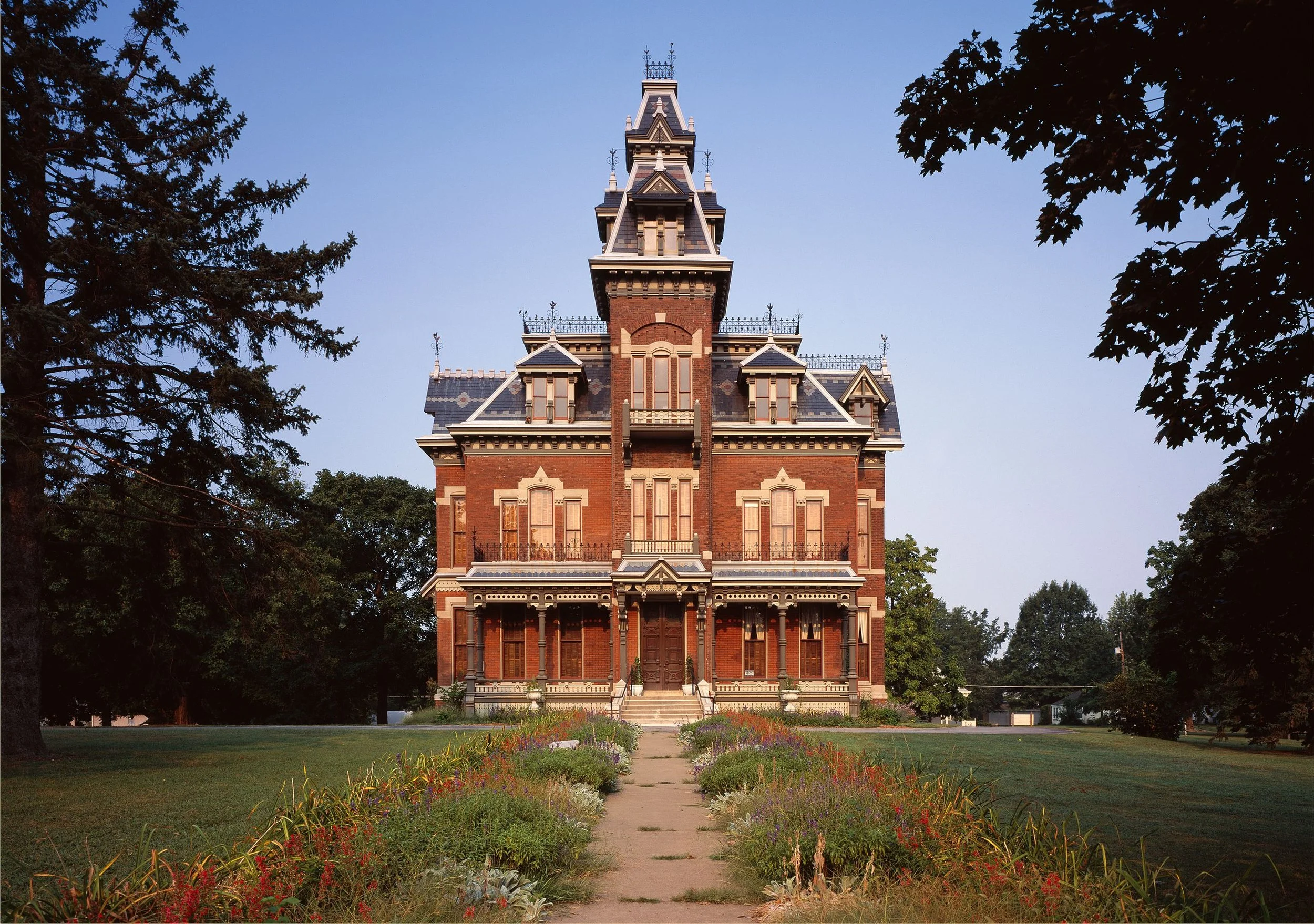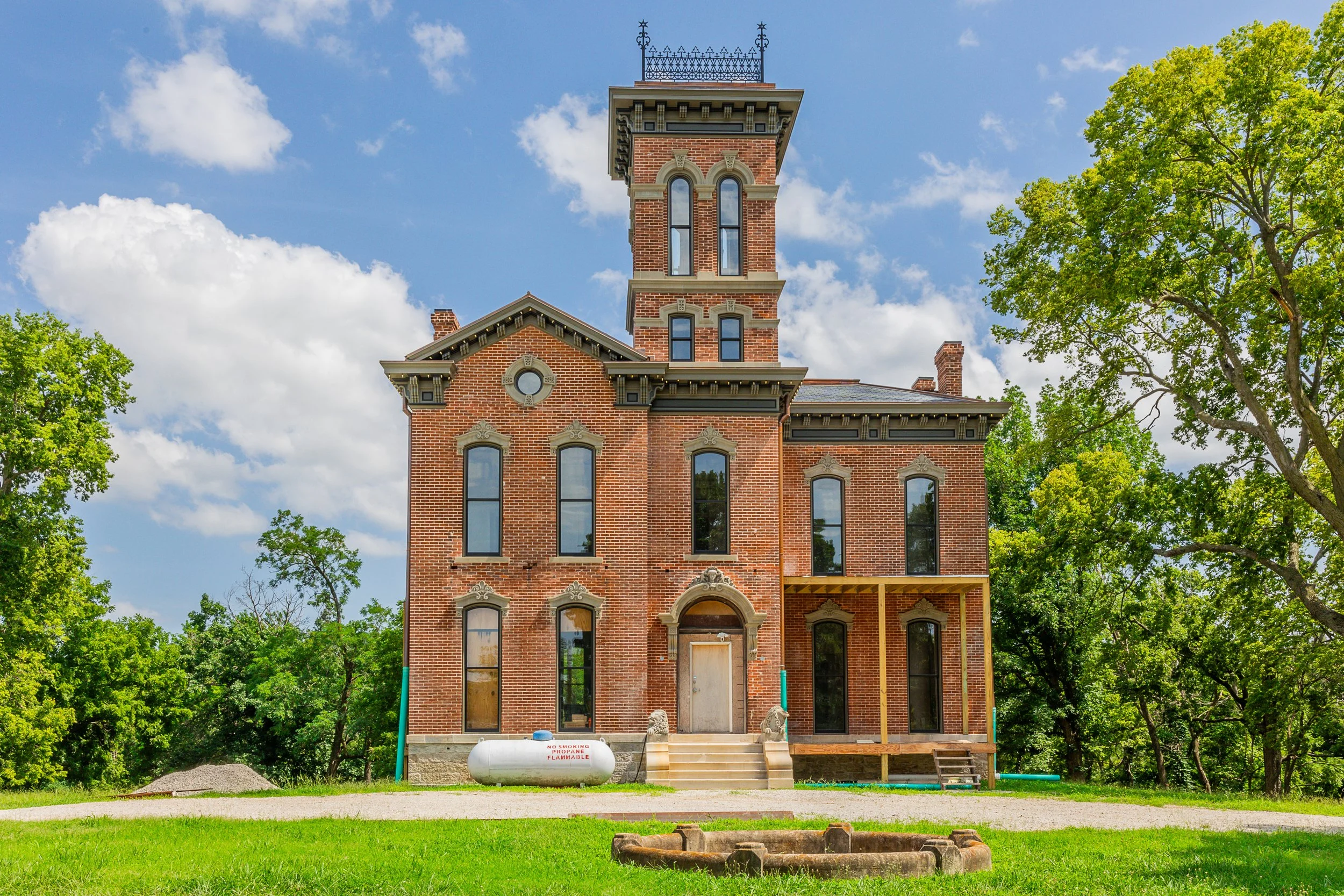The Story of Lewis & Clark in KC
The Story of Lewis & Clark in KCIf you were forwarded this email, click here to subscribe (it's free!) Read this story online | Sponsor this newsletter | Shop 📸 On this day in 1804: the Lewis & Clark expedition arrived at Kaw Point and explored the area for 3 days. Here's the story! On May 14, 1804, under the directive of President Thomas Jefferson, Captain Meriwether Lewis and Lieutenant William Clark embarked on an ambitious journey with an initial crew of 51 men. Their mission was "to trace the Missouri to its source, to cross the Highlands, and follow the best water communication which offered itself from thence to the Pacific Ocean." This historic expedition, known as the Corps of Discovery, played a significant role in exploring and mapping the western portion of the United States. Arrival at Kaw's MouthOn June 26, 1804, the expedition arrived at a significant location known as “Kaw’s Mouth” or Kaw Point, where the Kansas River merges with the Missouri River. At that time, Kaw Point was situated about a quarter-mile upstream from its current location. The Corps of Discovery, which now included their beloved dog Seaman, halted here for three days to rest and regroup. During their stay, Captain Clark and his men conducted various activities. They sunned their gunpowder, hunted for food, repaired their pirogues (a type of canoe), dressed deer skins, and took mathematical measurements of the area. They also built a temporary fortification of logs and brush, known as a redoubt, which stood six feet high. This period of rest and preparation was crucial for the expedition's progress. Observations and EncountersThe explorers made several notable observations during their stay at Kaw Point. Clark noted that the water of the Kansas River had a very disagreeable taste, unlike the heavier, muddier water of the Missouri River, which Lewis measured. Clark's map of the confluence of the Kansas and Missouri rivers provided valuable insights into the geography of the region. On the day they arrived, the explorers encountered a large number of “Parrot queets,” which were Carolina Parakeets. This colorful bird, now extinct, was first recorded by Lewis and Clark west of the Mississippi. Additionally, they saw their first buffalo, although they had to wait until August 23 before successfully hunting one. While exploring upstream, Clark noted the remains of the “1st old Village of the Kanzas,” an early settlement of the Kanza (Kaw) people. However, the expedition did not meet any of the local inhabitants during their time in the area. Discipline and OrderThe expedition maintained strict discipline, essential for such a long and arduous journey. This was exemplified by an incident that occurred just after midnight on June 28-29. Private John Collins, who was on guard duty, succumbed to temptation and tapped into the community whiskey barrel. Soon, he was drunk, and when Private Hugh Hall came to relieve him, he joined in the drinking. At dawn, the sergeant-of-the-guard arrested both men, and Clark convened a court-martial composed of the expedition members. Collins received a sentence of one hundred lashes on his bare back, while Hall was sentenced to fifty. Despite their punishment, both men continued to serve the expedition, rowing as they left Kaw Point that afternoon. Legacy of the ExpeditionThe Lewis & Clark expedition’s visit to what would eventually become Kansas City was a brief but significant chapter in their journey. Their observations, interactions, and the discipline they maintained provided valuable insights into the region’s geography, wildlife, and the challenges of early American exploration. The Corps of Discovery's passage through this area marked an important step in the westward expansion of the United States, and their detailed records continue to offer a glimpse into the early 19th-century American frontier. This Week's Featured Historical LocationOnce a landmark of Kansas City retail, the Emery, Bird, Thayer building was demolished in 1973—just one year after being added to the National Register of Historic Places. Read more
This Week's Featured Home5500 Belinder Rd, Fairway, KS 66205
Realtors: interested in sponsoring this section to 10K+ readers? Just email me at hello@kcyesterday.com! Thanks for reading Reader! ps: then vs. now of The Peanut near 9th and Broadway. |
Stories from the City - History of Kansas City
Join thousands of others and discover Kansas City's captivating history every week with the exclusive newsletter from KC Yesterday. Sign up now to unlock fascinating stories about the mafia, architecture, prohibition, sports, and everything in between!
The Story of Vaile Mansion in Independence If you were forwarded this email, click here to subscribe (it's free!) Read this story online | Sponsor this newsletter | Shop 📸 Courtesy LOC/Carol Highsmith. The Vaile Mansion in Independence, MO is one of the most notable surviving examples of Second Empire architecture in the United States. Built in 1881 for Colonel Harvey Merrick Vaile and his wife, Sophia, the residence was designed by Kansas City architect Asa Beebe Cross and inspired by a...
The Story of Corinthian Hall If you were forwarded this email, click here to subscribe (it's free!) Read this story online | Sponsor this newsletter | Shop 📸 Perched high in the Scarritt Point neighborhood, Corinthian Hall is among Kansas City’s most architecturally and historically significant homes. Built in 1910 for lumber magnate Robert A. Long, the mansion was a statement of wealth, civic ambition, and refined taste. It was designed by architect Henry F. Hoit, who would go on to shape...
The Story of Sauer Castle (1873) If you were forwarded this email, click here to subscribe (it's free!) Read this story online | Sponsor this newsletter | Shop 📸 KC Yesterday Sauer Castle, located at 935 Shawnee Road in Kansas City, Kansas, is one of the region’s most recognized examples of Italianate architecture and one of the most historically significant residences in the city. Construction began around 1871 and was completed in 1873 as the home of German immigrant Anton Sauer and his...


